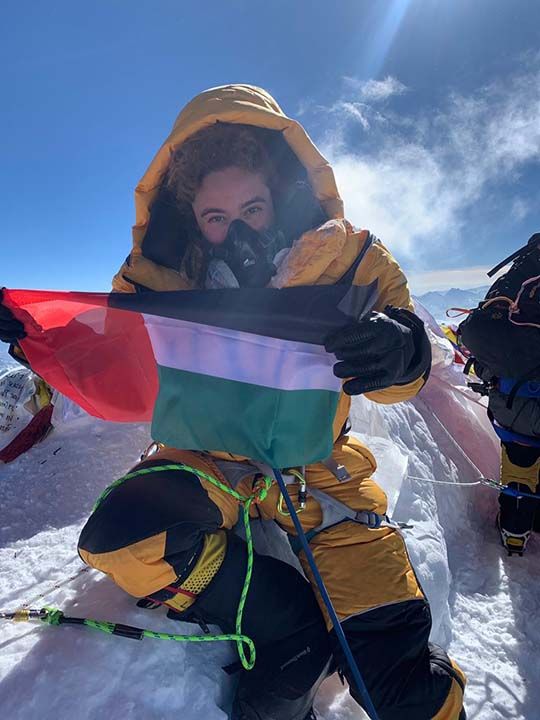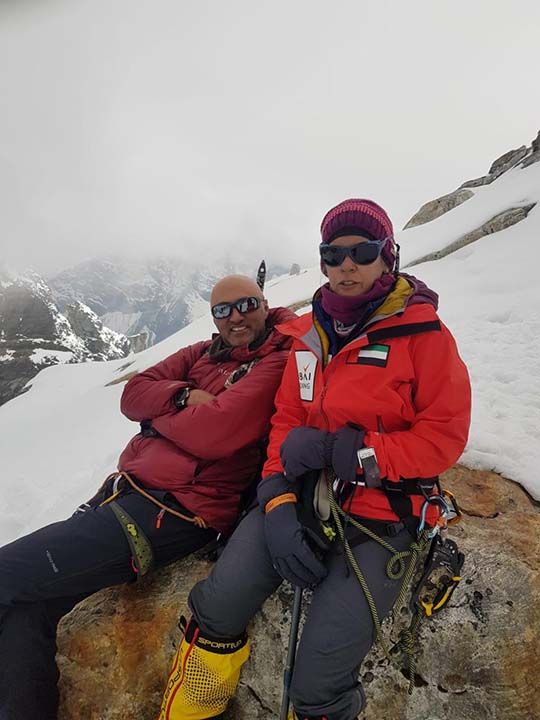The death zone on Mt. Everest is unfortunately well known - just recently it saw the deaths of 11 climbers. There was a dark and dismal air that marred the beautiful vistas from the white-capped Himalayan Mountain on May 22. However, news of three UAE climbers successfully making it home came as a relief. Even better, two of our Everest adventurers created history by summiting the peak. And so we at Gulf News decided to get them over to our office for a tête-à-tête to talk about their journey and the mettle that set them apart in the race to the top.
On that fateful May day, Deryan and Shellah were both making their descent. Deryan was in the long queue- part of THAT famous picture, the one that showed a line of climbers stuck on the mountain. Shellah also descended Everest on the same day but from the Tibet side.

Fathima Deryan, who summited from the South Col side; Dolores Shellah, who scaled from the North Col side; and Emirati Khadija Turki, who reached Camp 4 all said the summit changed them in more ways than one.
“Mountains humble you, they ground you. I feel more positive and I am more accepting of everything around me. My patience level has gone up and to a large extent I find myself being so calm and collected in times of stress. It is amazing and I am glad I could successfully summit the Everest,” said Fatima Deryan, who created history on May 22 as the first Lebanese woman to scale the Everest.
Deryan is no stranger to summits; she's climbed five others and is waiting to tackle Mt. Vinson (in Antarctica), which at 4,892 metres tall, 21km long and 13 km wide is key to realising her Seven Summit dream. “I have done six summits at my own cost. But I am broke at the moment. I am trying to save or better [yet] hoping for [help with] funding so I can complete my dream.”
Shellah said she is a different person today after summiting Everest. “I have respect for nature and environment. I am wiser, patient and grateful to life.”

Turki said she has greater appreciation for God since her journey. “Look at his creation. It is wonderful. Whether it is the beauty of the mountain or if it is about the people living on the Everest – there is something more than just the experience of being up there that you bring back,” said Turki, a thalassemia carrier who braved it up to Camp 4 despite her medical condition.

Look at his creation. It is wonderful. Whether it is the beauty of the mountain or if it is about the people living on the Everest – there is something more than just the experience of being up there that you bring back
Thalassemia is an inherited blood disorder characterised by less hemoglobin -the stuff in your red blood cells that allows them to carry oxygen - and fewer red blood cells in the body than normal. This absence may cause anemia, leaving you fatigued. “Mentally I am a very strong person. And this is what kept me going until Camp 4," she said.
"But when I reached Camp 4, physically I was drained out and my Sherpa advised me against summiting the peak. It was a tough call to make but this is what mountaineering teaches you - to keep your ego aside. Of course I wanted to scale Everest - but not at the risk of dying,” she added.
Preparations before summit
To climb any mountain, first you need to prep, prep, prep. You need to feel how it is to sleep on the floor, inside a tent or in a sub-zero environment. If you are able to do all this – only then should you attempt the Everest. For while it is a coveted achievement, reaching this peak, it is also a space littered with those who tried before them.
Turki said there are a number of trepidations climbers face ahead of their summit. “For me personally, the altitude of Mt. Everest hit me quite hard. I have never been on such a high altitude before. The duration of the trip as well. You are away so long from home and it is possible to get sick. Sometimes I would just lie in my tent and talk to my phone. I felt this was my way of connecting with my family.”
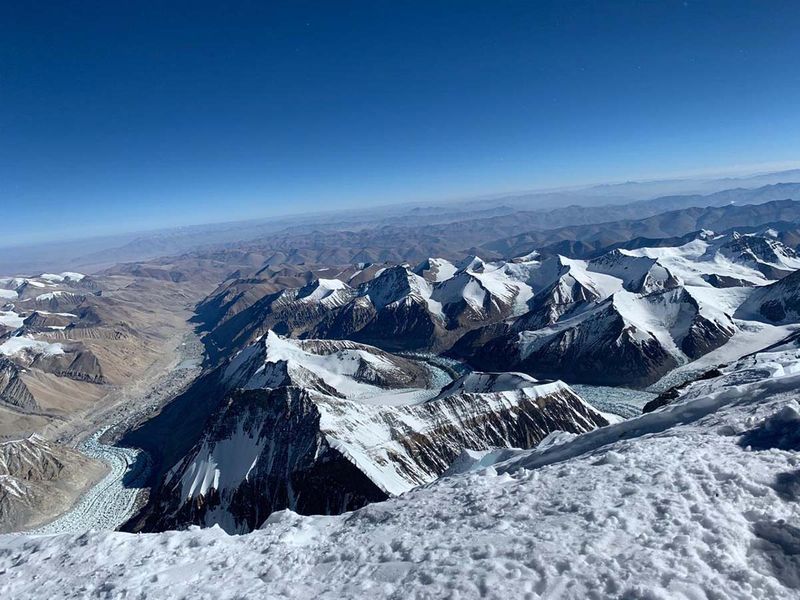
For one thing, there is ‘the death zone’ - it's called so by climbers and lies usually above 8,000 metres (26,247 ft.) - where there is not enough oxygen for untrained humans. Most of the 200-plus climbers who have died on Mount Everest lost their lives in this area.
“So dealing with this and countering your fear is one of the main things you need to prepare before summit day,” said Deryan.
If preperation is key to positivity, Shellah was very, very optimistic. “I made sure to have all my gears in place which I need for the summit. I tried to get as much rest as possible. I climbed from the Tibet side.” Shellha is the first Arab woman to climb Everest from Tibet side and the first Jordanian to summit the mountain.
Healthy and unhealthy is a state of altitude
The climbers said food is always a battle of the mind and body. “Your mind says don’t eat, but the body needs fuel so you have to eat. At one point you just want to be able to breathe. Forget food,” said Turki.
Basically, everything that is unhealthy for you on ground is the best thing you can eat up there. Unless you eat and give your body the fuel it needs – you will never have the strength to move ahead in the climb.”
Deryan said at one point climbers are forcing themselves to eat. “So you will be doing yourself a huge favour by eating all the time. Your body needs the energy to move ahead. Eating carbohydrates is very essential.”
“One of my favourite food on the plate was pasta, rice and potato. I would eat a lot of carbs. Noodles was another favourite. When you are scaling the mountain you need oxygen. Firstly in that altitude oxygen is less. On top of that when you are on an incline and ascending – you are using more energy and it is really essential to conserve energy.”
Role of the Sherpas
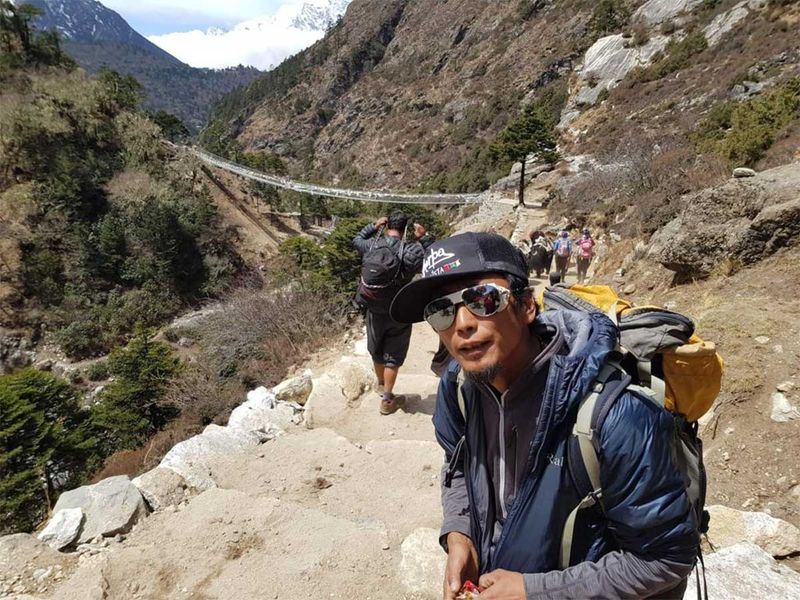
Sherpas are not just master climbers - but they play the role of guide, mentor and - often - medicine man. They are such experienced climbers that they can tell you if you are falling ill based on just looking at your finger-tips. Nobody would climb Mt. Everest if it wasn’t for these Sherpas. In fact, Everest would be untouched to the world and its mountaineers if it wasn’t for the Sherpas.
The backpack
When you start your trek, the backpack can weigh around 17 kilos. As you go higher and the weight seems more impossible to bear, the lighter this burden becomes. “I personally left a lot [of things] in camp 2. Sometimes I would get extremely tired. It was too much for me to carry. Bear in mind their endurance level is insane. As an example, when we went from camp 3 to camp 4, my Sherpa did not even use his oxygen. It was only from Camp 4 did he use his cylinder – that too on 1.5 litres an hour. This is what I mean when I say they have great endurance levels,” said Deryan.
She added: “It is in their genes, they were born in these mountains, their lungs and body are used to the altitudes.”
The day of the summit
For Deryan, she arrived at 1am in Camp 4. “I had some snacks and on oxygen all the time inside the tent. I rested all day in order to conserve my energy. Then at 8pm we started to make our way to the summit. I put on a number of layers of clothes. I had three pants, four tops, a down suit as well. I had a harness attached to me. My boot were on and an over-boot as well. Because it was really cold that day and I cannot handle a lot of cold. I was a walking monster on the summit there.”

She said when she stepped out of the camp, she only saw a line of headlights. “I knew it was going to be a long day. At 8pm we set off on our last leg of expedition. I made it to the summit at 9am in the morning. It was a 13-hour long trek, very exhausting and tiring. Added to it that day there was a massive traffic jam as everyone knows. The famous picture of people trekking the summit that made headlines all over the world – I was in that queue.”
The last leg of the expedition
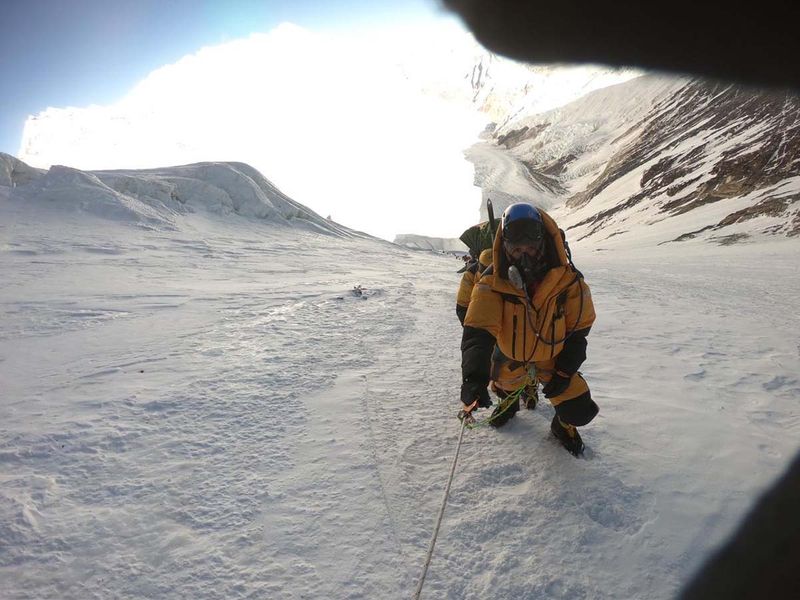
Deryan said one thing that was rather exasperating was watching people near the peak trying to unhook and rehook their harness to get a speedier way up. "When you see people lying down it freezes you for a second. But then you remember your own goal and that you need to get up there and get back on track. Everybody is tired and everybody is on the same mission. But end of the day you need to do what you need to do.”
“At one point you really want to turn back. It is very frustrating. For example, we are standing at around 8,700 meters and not moving. There is only another 150 metres to summit but it is very windy. At this point you need to be strong – mentally strong. It is impossible to put your feet together. There are people returning from the summit. You have to lean on the side of the mountain and they need to jump over you. We are all on one rope. Sometimes they would clip into your harness. Because there is no exit."
She said people would freely clip on her harness and go ahead of the rope.
Descending is harder
“Descending is always harder. You have used all your energy during the ascend and there is little left while climbing down. It can also be a scary experience. You need to play a lot of mind games. I saw people hallucinating. I myself saw my father next to me and I was having this long conversation with him during my descend,” said Deryan.
At such a high altitude, [because of] less oxygen and energy your mind plays games with you. I cannot really explain what it is like.”
Turki added: “While climbing down you have the breath but there are big chances of you slipping. There is ice and rocks a lethal combination to make you slip and fall.”
Crowd on Everest a spoiler
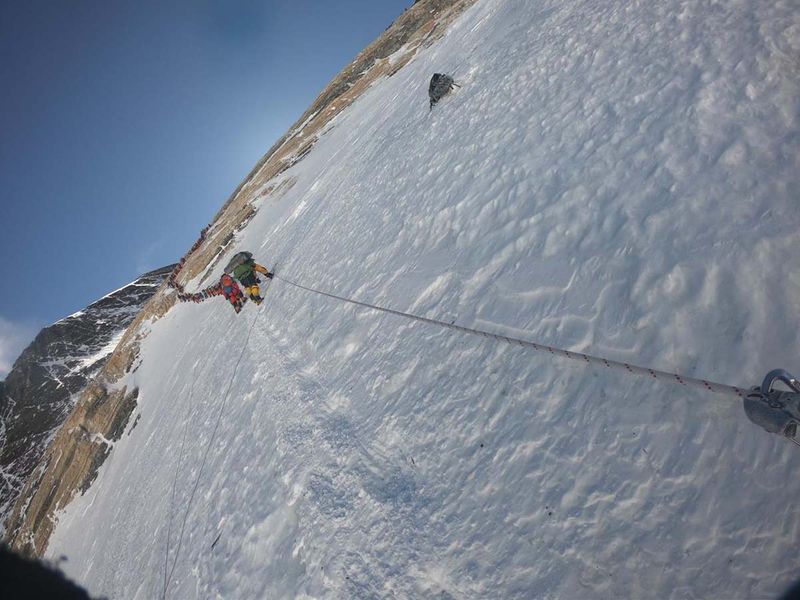
Turki said: “The first time someone did this to me I was taken aback and screamed at them. I said you are not pulling me down the rope. But then I realised climbers do this all the time. Clipping onto someone else’s harness all the time. Then you just get used to people clipping on your harness and unclipping.”
The climbers however agreed that the crowd takes away from the experience. “I forgot I was going to see the world’s best spot. Everyone is swearing at everyone on the summit. At one point you really get annoyed and want to descend. But your grit and determination pulls you through,” said Deryan.
Turki said: “I saw death up close and front. It was scary. This climber had summited and he came down without oxygen after that. He just collapsed on his way down. At one point before dying he was hallucinating. When you see this, your mental toughness is at test. And you just have to keep going.”
Rock climbing and Everest
Turki said: “My personal opinion [is] no one should go to Everest without taking a course on rock climbing. We were told that we will go there and do the training. But I have never done rock climbing before. I will go back to Everest but after doing some training on rock climbing.”

If you are an aspiring climber in the UAE, these women explained, you are in luck. “There is a lot of rock climbing in the UAE. There are many trails on the Wadis that serve as a good training ground. The focus of adventure in the UAE is growing. In Ras Al Khaimah there are beautiful trails and in Fujairah as well. So there are a lot of opportunities for adventure seekers to come and explore things in the UAE. There is also a great deal of expansion of the adventure scenery in Hatta."


